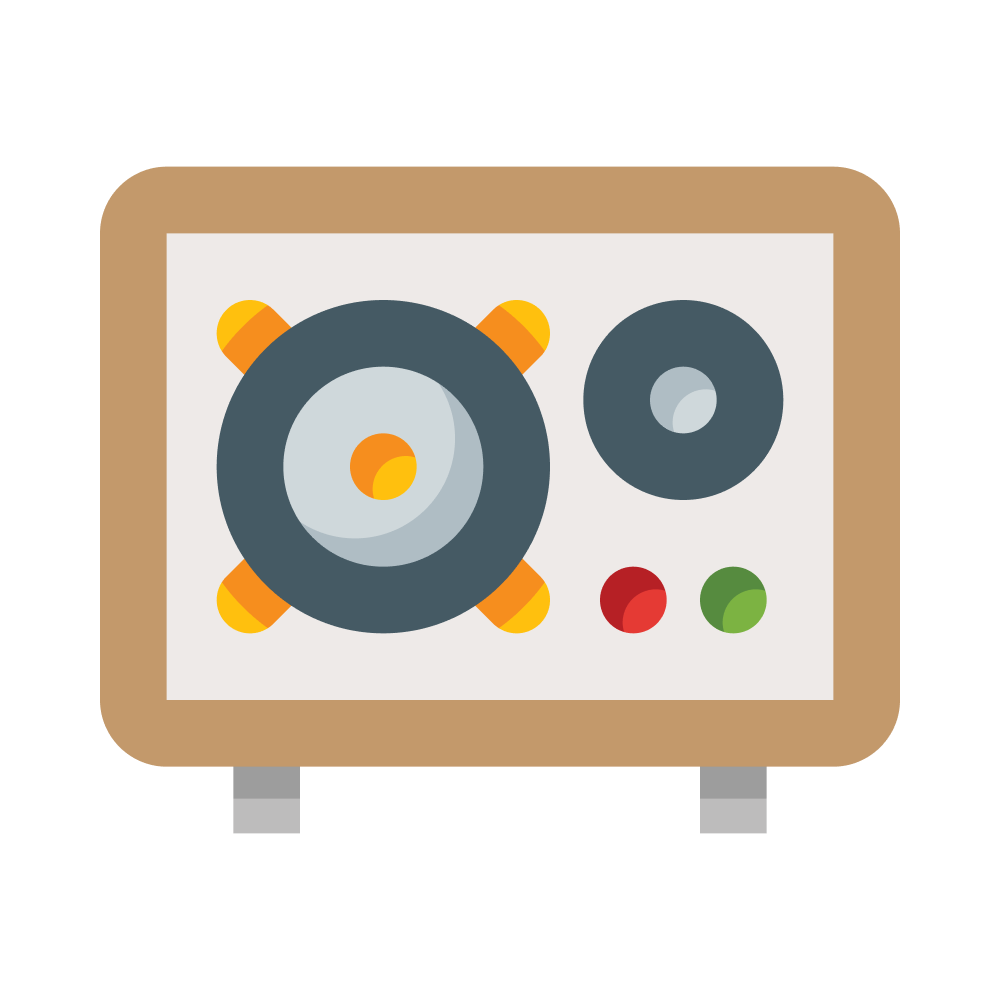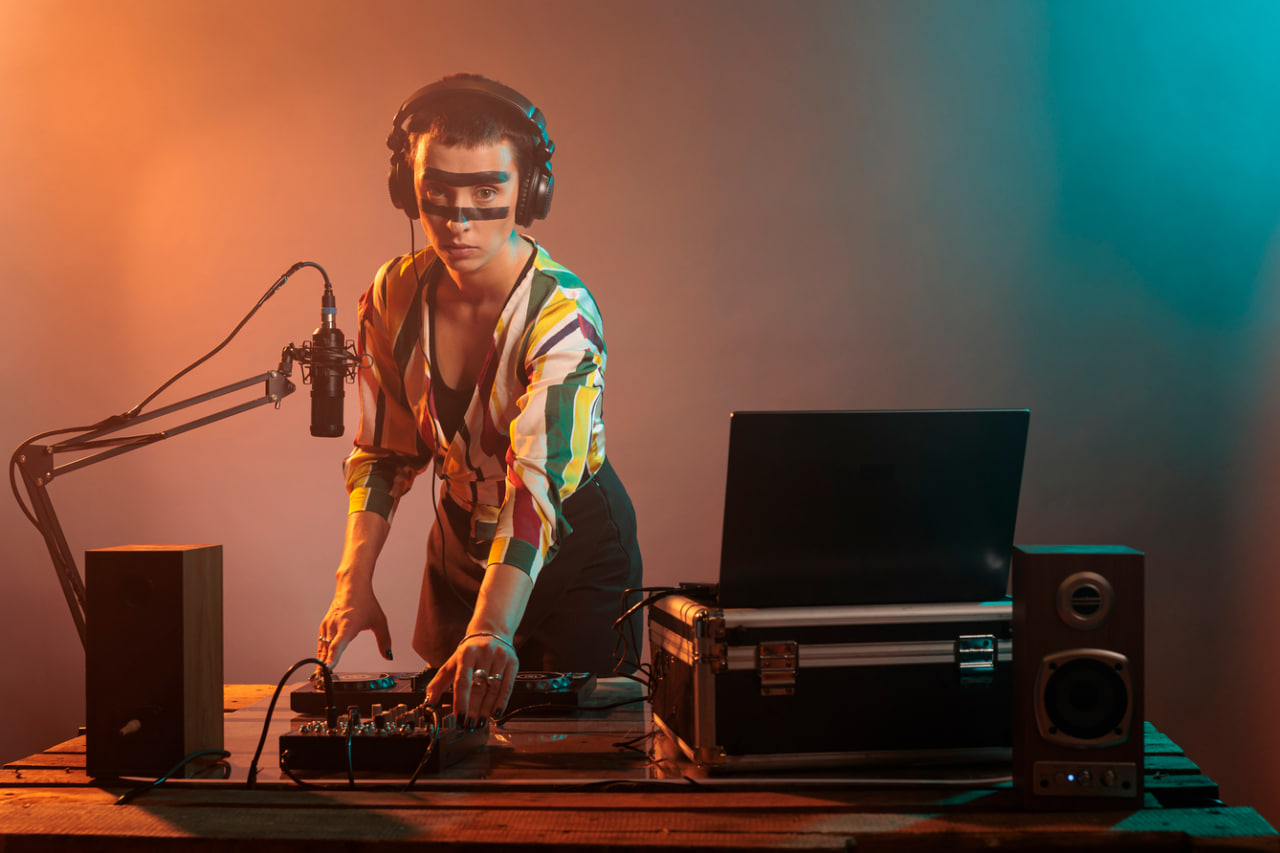Mastering the Mix: Essential DJ Techniques for Beginners
Becoming a skilled DJ is about more than just playing tracks. It requires a combination of technical ability, musical understanding, and the creativity to craft a seamless experience for your audience. For beginners, learning the core techniques of mixing is the foundation for success in any DJ career.
Understanding Beatmatching
One of the first skills every DJ must master is beatmatching. Beatmatching involves aligning the beats of two tracks so they play in sync. This allows for smooth transitions between songs without disrupting the rhythm of the set.
Beginners can start with these steps:
- Identify the BPM (Beats Per Minute) – Know the tempo of each track.
- Use Your Ears – Listen carefully to match the beats manually or with software assistance.
- Practice Phrasing – Align musical phrases, not just individual beats, to keep the flow natural.
Consistent practice of beatmatching develops timing, listening skills, and confidence behind the decks.
Learning EQ Control
Equalization (EQ) is essential for blending tracks and creating a professional sound. DJs use EQ to balance bass, mids, and highs, preventing clashing frequencies and enhancing the overall mix.
Key tips for beginners:
- Low Frequencies: Cut or reduce bass when mixing two tracks with heavy bass to avoid muddiness.
- Mids: Adjust midrange to highlight vocals or melodic elements.
- Highs: Use treble to emphasize clarity and sharpness.
Mastering EQ control allows you to create smoother transitions and maintain energy throughout your set.
Using Crossfaders and Volume Control
Crossfaders and volume faders are the primary tools for transitioning between tracks. Learning how to use them effectively ensures mixes sound clean and intentional.
Tips for beginners:
- Start Slow: Move the crossfader gradually to blend tracks naturally.
- Volume Awareness: Adjust track volume to avoid sudden spikes or drops in sound.
- Experiment: Practice cutting, fading, and layering to discover different styles.
Adding Effects and Loops
Effects and loops can transform a standard mix into a dynamic performance. Beginners should start with simple effects like reverb, delay, and filters to enhance transitions.
Loops allow DJs to extend sections of a track, giving more time to mix in the next song. Experimenting with effects and loops helps build creativity and keeps sets exciting.
Reading the Crowd
Even the best technical skills are only effective if you can engage your audience. Learning to read the crowd and adjust your music accordingly is crucial for creating memorable performances.
Observe energy levels, reactions to tracks, and the overall mood to guide your track selection and mixing style. Over time, you’ll develop the intuition to keep audiences engaged from start to finish.
Practice Makes Perfect
Becoming a proficient DJ doesn’t happen overnight. Consistent practice, experimentation, and learning from mistakes are key to mastering the mix. Start small with short sets, record your sessions, and review them critically to identify areas for improvement.

